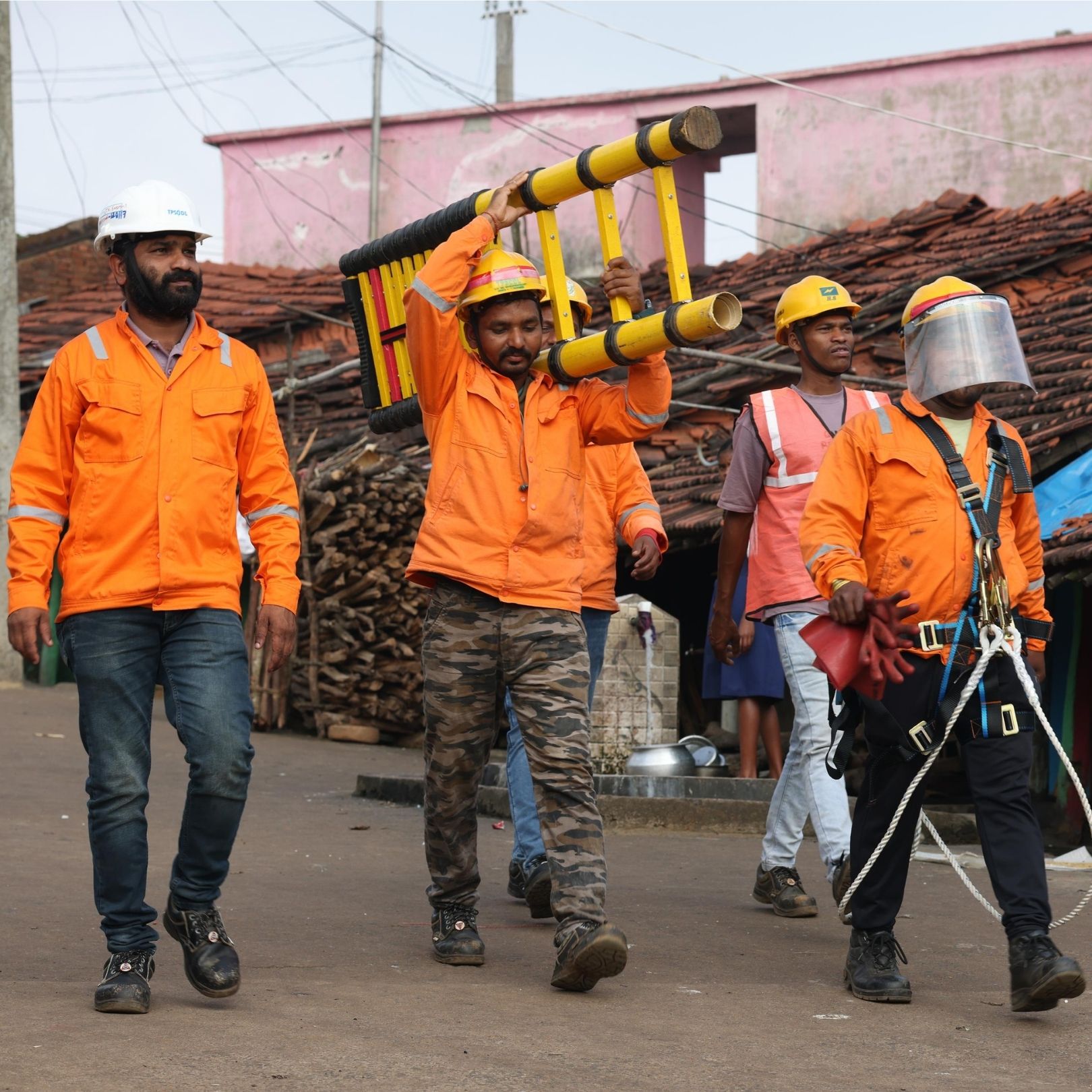Odisha’s power sector, once plagued by frequent outages, high losses, and poor service, has quietly undergone a remarkable transformation. At the heart of this turnaround is a successful Public-Private Partnership (PPP) of Tata Power with the Govt of Odisha, a collaboration that has built a resilient, efficient, and people-first electricity system. Today, this model stands as a ready-to-implement blueprint for other Indian states, proving that real reform is possible not just in cities but deep into rural areas as well.
Let’s explore how this silent revolution unfolded:
Once in the Dark
Before 2020, despite Odisha’s natural resources and hard-working population, the state’s power sector was in disarray. Distribution losses exceeded 30%; among the highest in India. Maintenance was reactive rather than proactive, and residents were resigned to unreliable service and estimated billing.
Previous attempts to privatise state distribution had failed. Bills were often generated provisionally. Nearly 3 lakh meters were broken or outdated. This poor system was slowing down the state’s growth.
Then came a bold decision, one that would change everything.
A Turning Point Amid a Pandemic
In 2020–21, during the peak of the COVID-19 pandemic, Tata Power took operational control of Odisha’s four electricity distribution companies: CESU, NESCO, WESCO, and SOUTHCO. These were restructured into TPCODL, TPNODL, TPWODL, and TPSODL.
Despite the challenging timing, Tata Power stepped in where others hesitated and delivered.
Resilient in the Face of Storms
The real test came with Cyclone Yaas (May 2021) and Cyclone Dana (October 2024). Historically, such cyclones would cripple the power infrastructure for days. But this time was different:
* 15,000 ground staff were mobilised
* 70% of affected areas had power restored within 8 hours after Cyclone Yaas
* After Cyclone Dana, full restoration happened within 24 hours
This level of resilience came from meticulous planning, rapid response systems, and empowered local teams.

Numbers That Narrate the Story of Progress
Since Tata Power took over, the impact is measurable. Power losses dropped from over 30% to just 16.4%. All four DISCOMs earned A+ ratings from the Ministry of Power for two consecutive years, a first in Odisha’s history.
In just 4 years, over ₹4,200 crore invested in infrastructure upgrades. Over 40,000 new transformers and 1,200 substations have been added. Nearly 3 lakh faulty meters have been replaced. Today, outages are rare, bills are accurate, and public confidence has returned.
Reaching Beyond Cities: Putting People First
Unlike previous efforts that focused on urban centers, this transformation has reached villages, small towns, and remote areas. Over 5,000 local contractors and vendors were involved, with work worth ₹16,000 crore, generating employment and boosting the local economy.
More than 13 lakh new electricity connections have been provided, extending the reach of reliable power from households and small shops to large industries, reliable power is supporting livelihoods and enabling growth across Odisha, urban and rural alike.
A Blueprint for the Nation
Odisha’s power sector is no longer a story of problems, it’s a model of progress. This PPP between the Government of Odisha and Tata Power has proven that comprehensive reform is possible with the right vision, commitment, and people-centric approach.
As India marches toward its goal of Viksit Bharat, Odisha offers a scalable blueprint for other states, especially large and diverse ones like Uttar Pradesh, Rajasthan, Madhya Pradesh, Chhattisgarh, and beyond — to emulate.












